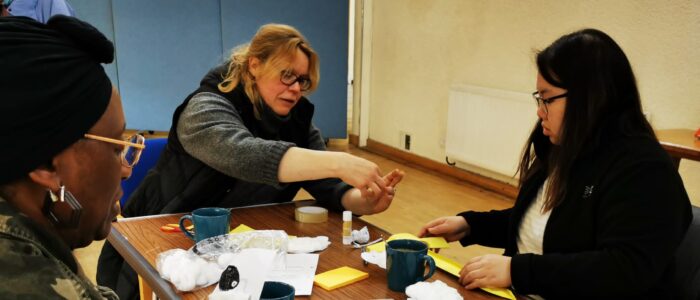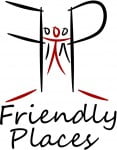Why Measure?

We know that faith-based organisations are involved in a huge variety of social action work up and down our country. The Cinnamon Faith Action Audit report calculates that the time invested by faith groups into their communities through social action projects is worth over £3 billion a year. If the report’s findings are scaled up, the estimate is that the work of faith groups has over 47 million beneficiaries.
With so much going on, there can be little doubt that the impact of faith groups on our society is enormous. However, this impact often goes undocumented. In turn, this means that the significance of faith can be overlooked, including by those who fund and run local services. Faith groups might be the best placed to meet some of the needs in their local communities, but without the evidence, it can be difficult for those in power to realise the value of what is on their doorsteps.
FaithAction is encouraging more faith groups to measure not just the activities they are doing, but the impact these are having. Of course, this isn’t easy. Small organisations sometimes have to spend most of their efforts on simply keeping going. Even for bigger groups, it can be difficult to justify using resources for anything other than meeting beneficiaries’ needs.
However, looking at impact can actually help organisations do what they do better. It can help pinpoint what is working well and what isn’t, and identify new approaches; it can help ensure the right beneficiaries are getting the help they need; and of course, it can help organisations to make a case for funding, so that they can do more. On top of that, the evidence can build the case for the value of faith to society.
This year, Public Health England is helping FaithAction to help faith-based organisations collect evidence on the impact they are having. We’ll be producing some guidance on how to do this, but for now we would love to hear your thoughts.
What is it that faith-based organisations do that others don’t, and how can this be measured? Are there aspects to the way you work to meet people’s needs, the quality of your volunteers, or the partnerships you’re able to broker that make your work unique? Let us know.
Image: ‘Bean counter’ by Shawn Anderson, used under license CC BY-NC 2.0.


